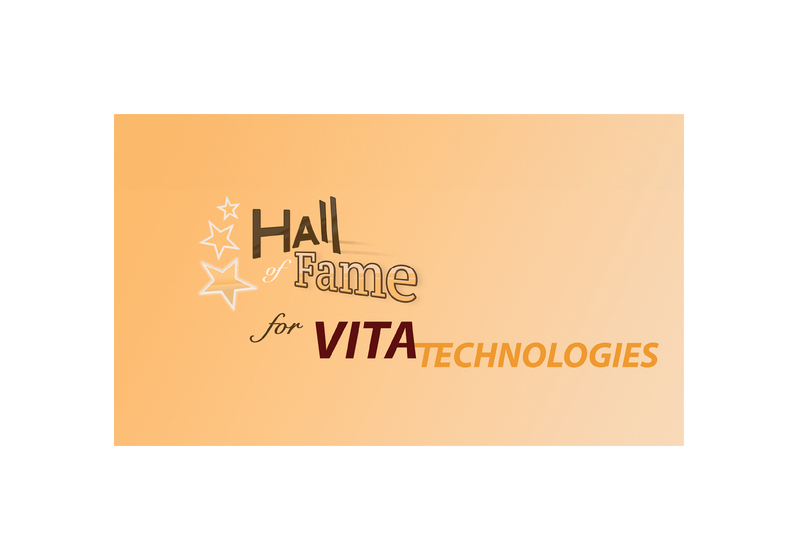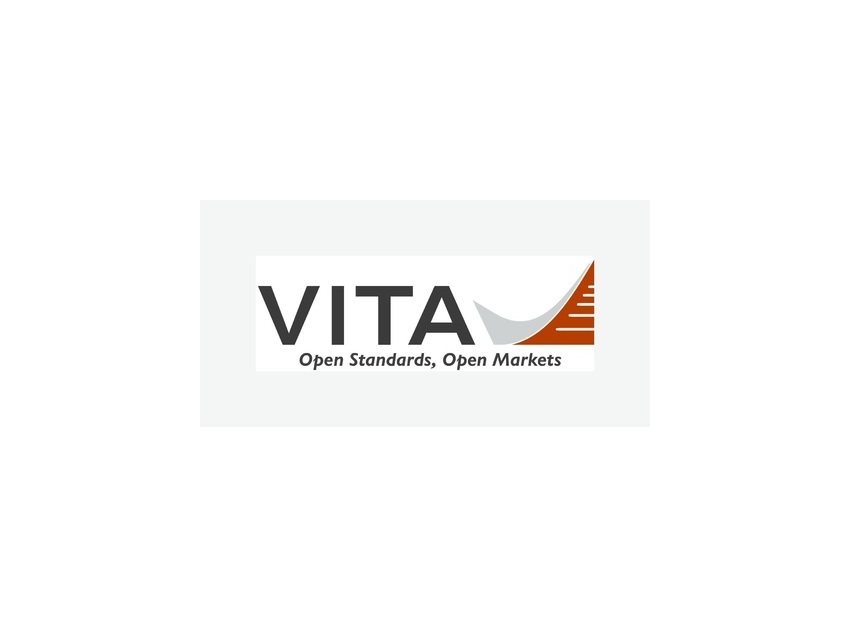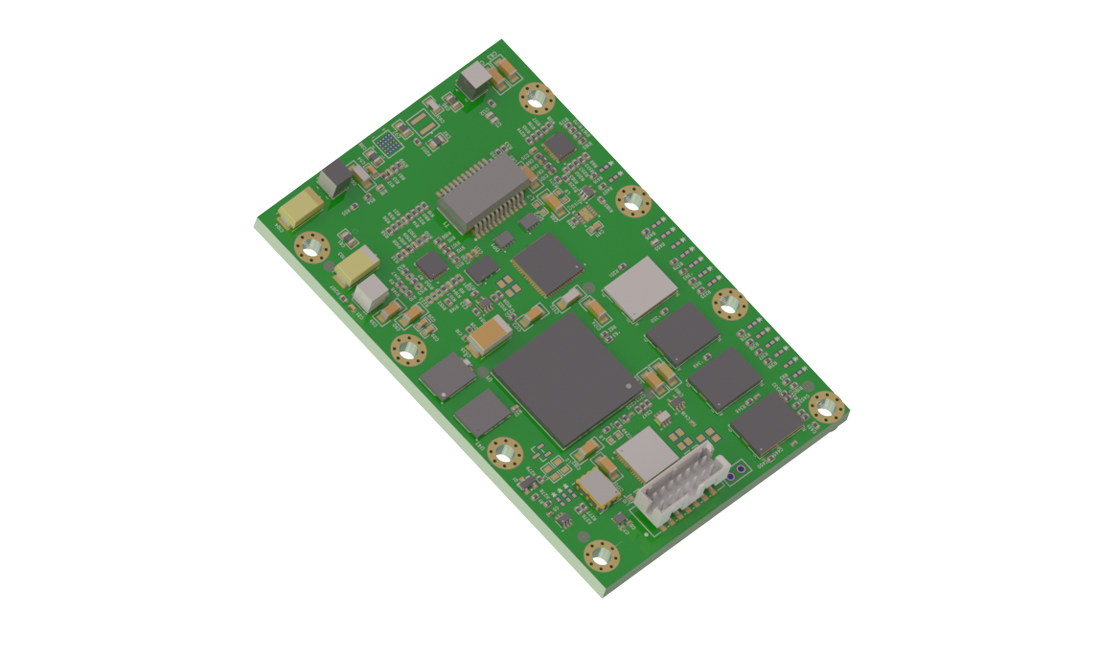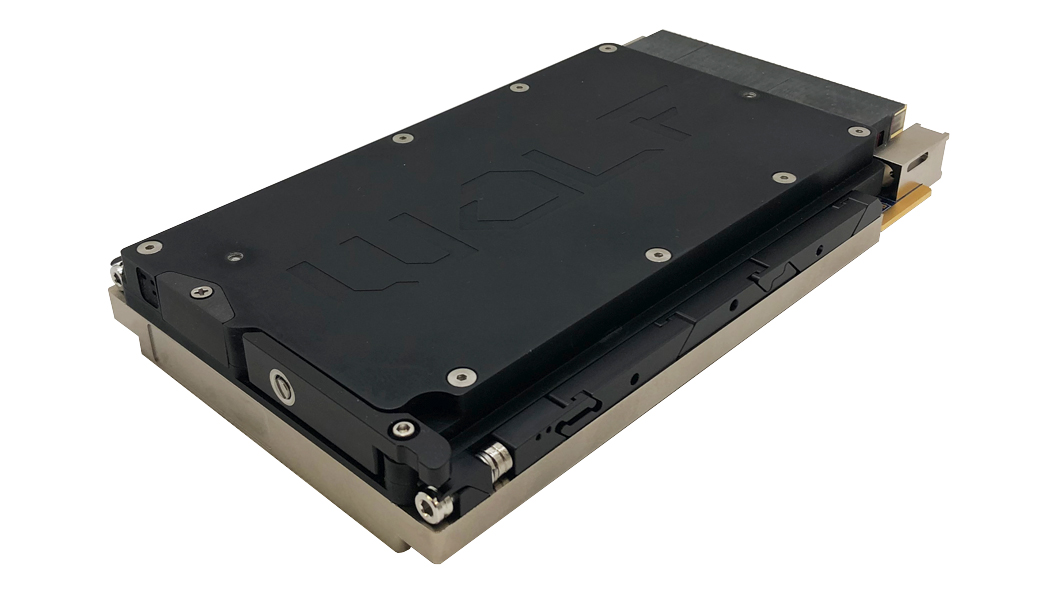In the recent past, adoption of VPX has been inhibited by tight military budgets. Several contracts with high VPX content were cancelled. However, despite setbacks, VPX still has made early design wins and the future appears bright for two main reasons. Firstly, ISR type applications (Radar, Electronic Warfare, EO/IR) have seen stable or modestly increased funding. These types of projects are likely to incorporate some VPX content.
Secondly, the U.S. Department of Defense (DOD) has mandated the use of standards-based components wherever possible. To control costs, the DOD wants to refresh projects on a regular basis, but this is not possible if defense primes incorporate proprietary board level designs. Defense contractors that incorporate boards based around standards like OpenVPX in their designs are more likely to win contracts.
Despite increasing VPX adoption, VME still has a future part to play (See Figure 1). The cancellation of large new projects means that existing military equipment will need to be employed for longer. To enable this, electronics will need to be refreshed and more of this business will go towards VME and mezzanine boards, rather than VPX. Applications with a real-time requirement are also more likely to use VME due to its deterministic nature. There is a huge installed base of VME systems, with associated investment in I/O and software, which users will look to maintain for as long as possible.
A key challenge for VPX over the next few years will be whether it can start to make design wins outside of the military and aerospace sectors. As of 2012, a key gating factor is high cost compared with established standards: the average selling price of 6U VPX is about double that of VME. However, as more board vendors offer a VPX-based product, prices will decrease as volumes increase. Sectors like energy, industrial automation and transportation could benefit from the feature set of VPX, but these designs will go to other board types if the price remains high.







